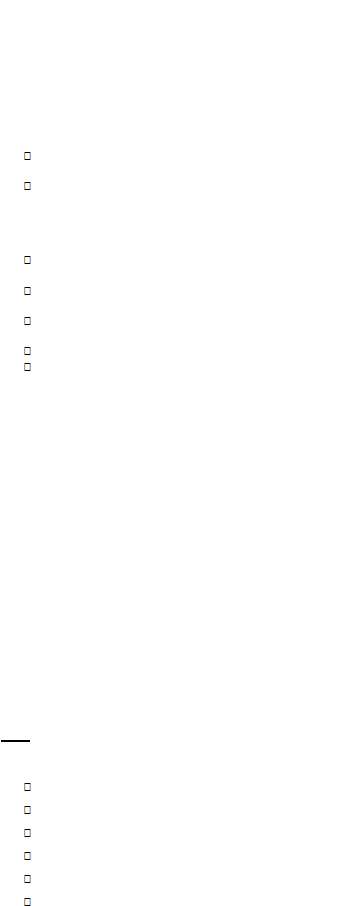
http://www.ultralightnews.ca/ Page 18 of 36
The Ultralight News - your one stop Ultralight News.
4Operation of the Engine
4.1General
It is important to observe the instructions provided in this chapter in order to maintain a safe and economical
operation of the engine.
USE ONLY THE PRESCRIBED TYPE OF TWO STROKE OIL AND THE PROPER GRADE
OF FUEL.
INSURE THAT FUEL IS MIXED IN THE CORRECT GAS/OIL RATIO. REMOVE THE FUEL
FROM THE CARBURETOR BOWLS AND FUEL TANK WHENEVER THE ENGINE IS NOT
GOING TO BE USED FOR AN EXTENDED PERIOD. AFTER A LENGTHY STANDDOWN,
REMOVE ANY LEFTOVER FUEL IN CARBURETOR BOWLS AND FUEL TANK BEFORE
OPERATING THE ENGINE.
TAKE CARE THAT THE AIR CIRCULATION IS SUFFICIENT TO COOL THE ENGINE AND
SUPPLY THE CARBURETORS.
INSURE THAT THERE IS NO OBSTRUCTION THAT CAN IMPEDE THE EXIT OF HOT
AIR.
ENSURE THAT HEATED EXHAUST AIR FROM THE COOLING SYSTEM IS NOT SUCKED
INTO THE CARBURETORS.
USE ONLY RESISTOR TYPE SPARK PLUGS AND RESISTOR PLUG CAPS.
ALWAYS ALLOW THE ENGINE A WARMUP AND COOL DOWN PHASE:
4.2Running in - Recommendation
Göbler-Hirthmotoren KG does not give explicit instructions for running in its engines, since the
nickel-silicium coating of the cylinder and the aluminium pistons do not have to wear to each other. The
engines are ready for full throttle from the time they are built if the maximum temperatures of the cylinder
head and exhaust gases mentioned earlier are not exceeded.
However, it would be wise when the engine is first started, to run the motor at half throttle and load (not over
4000 rpm) for the first hour of operation. Please note, the engine has been initially run at the factory to set the
electronic timing so it is possible when the engine is first started, there may be more smoke than usual. This
is generally due to excess oil possibly still in the engine during assembly and will reduce to normal after the
engine has been running for a couple of minutes.
4.3Initial Inspection
After the first 10 - 15 hours in operation or after a large service the following service tasks should be carried
out:
-Tighten the engine fitting screws as a safety measure
-Re-torque the cylinder head screws as a safety measure
-Tighten the sparkplugs as a safety measure
-Visual check (leakage, loose nuts/screws etc.)
Note:
It is recommended that the following inspection be carried out for safety reasons before each use of the
engine:
Starter (check connections, fitting and condition)
Carburettors (check connections, fixtures and condition)
Ignition system (check connections, fitting and condition)
Air cooling system (check fitting and condition; check fan belts for condition and tension)
Cylinder head (check connections, fitting and condition)
Cylinders (check fixtures and condition)
